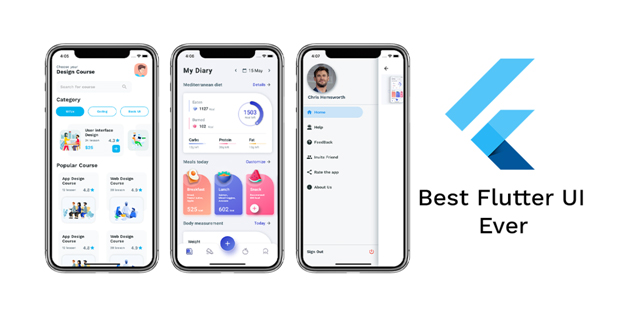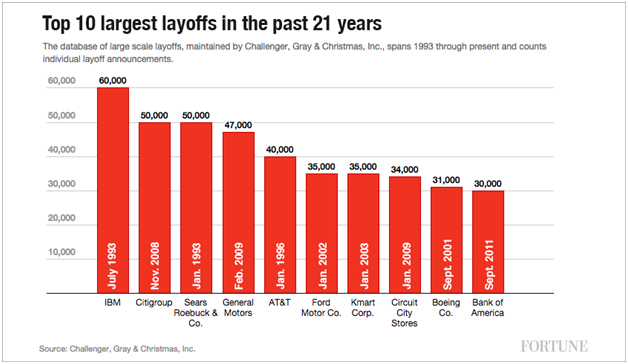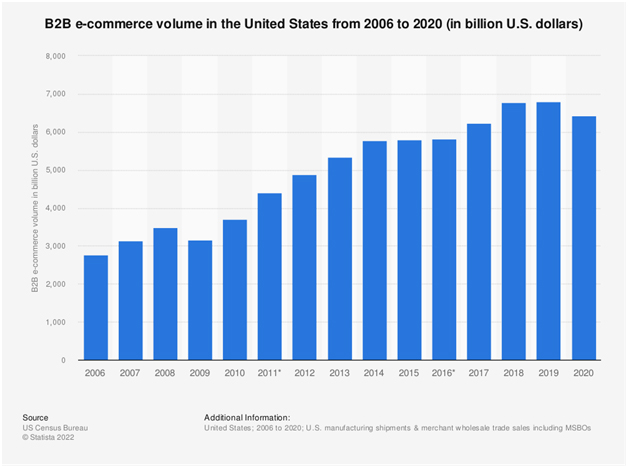Flutter is a popular open-source framework for mobile app development that has been gaining traction in recent years. One of the reasons for its popularity is its rich ecosystem that includes various tools and resources to help developers create stunning and efficient apps. One such resource is Flutter UI Kit templates.
Flutter UI Kit templates are pre-designed templates that developers can use to create beautiful and functional mobile apps with ease. These templates come with a set of pre-designed screens, components, and animations that save developers time and effort when it comes to app design and development. With the right Flutter UI Kit template, developers can quickly create stunning apps that not only look good but also perform well.

So, if you’re looking for the best Flutter UI Kit templates to help you create stunning mobile apps, here are some of the top ones to consider:
Flutter UI Challenge
Flutter UI Challenge is a set of pre-designed templates that are designed to challenge developers to build beautiful and functional apps using Flutter. These templates come with clean, modern, and responsive designs that are perfect for a wide range of mobile apps.
Flutter Material UI Kit
Flutter Material UI Kit is a collection of beautiful and responsive UI templates that are built using Google’s Material Design Guidelines. These templates come with clean and modern designs that are perfect for creating beautiful and functional mobile apps.
Flutter UI Components
Flutter UI Components is a collection of pre-designed UI components that developers can use to create beautiful and functional mobile apps. These components come with a wide range of features, including responsive design, customizable colors, and more.
Flutter UI Exmaples
Flutter UI Examples is a collection of pre-designed UI templates that developers can use to create beautiful and functional mobile apps. These templates come with clean, modern, and responsive designs that are perfect for a wide range of mobile apps.
Fluxstore Pro
Fluxstore Pro is a complete e-commerce solution for Flutter that comes with a wide range of pre-designed UI templates. These templates are designed to help developers create stunning and functional e-commerce apps with ease.
What is Google’s Material Design Guidelines which is related to Flutter?
Google’s Material Design Guidelines is a design system created by Google for developing consistent user interfaces across various platforms and devices. It provides guidelines for creating visually appealing and intuitive interfaces that offer a seamless user experience. The guidelines include recommendations for typography, color, layout, and more, to ensure that designs are aesthetically pleasing and functional.
Material Design is based on the principles of print design, with a focus on creating a sense of depth and hierarchy in digital interfaces. It also provides guidelines for animation and motion to make interactions feel natural and responsive.
The Material Design Guidelines are a comprehensive set of design principles that can help developers and designers create beautiful and functional apps that offer a consistent user experience across different devices and platforms. Whether you’re developing a mobile app, a web app, or any other type of digital product, following the Material Design Guidelines can help ensure that your design is visually appealing and user-friendly.
How Ndimension Labs will help to develop Flutter App?

Ndimension Labs can help to develop Flutter apps by offering Flutter app development services. This can be achieved by following these steps:
The process of developing a Flutter app typically involves the following steps:
Planning and Requirements Gathering: In this stage, you’ll need to determine what kind of app you want to build, who your target audience is, and what features and functionality you want to include. This stage is critical to ensure that you have a clear understanding of what you want to build and how it will meet the needs of your target audience.
Design and Prototyping: In this stage, you’ll work on creating wireframes, mockups, and prototypes of your app to get a visual representation of what your app will look like. You’ll also define the user experience and user interface design for your app.
Development: In this stage, you’ll start building your Flutter app by writing code. This includes setting up your development environment, installing Flutter and necessary tools, and building out the app’s functionality, including features such as navigation, user input, and data storage.
Testing: During the testing stage, you’ll test your app to ensure that it functions correctly and meets your requirements. This can involve manual testing, automated testing, and continuous integration and continuous deployment (CI/CD) processes.
Deployment: Once your app has been tested and is functioning correctly, you’ll need to deploy it to an app store or other distribution channel. This could involve submitting your app to the Apple App Store or Google Play Store, or deploying it to a private app store or web portal.
Maintenance and Support: After your app has been deployed, you’ll need to provide ongoing maintenance and support to ensure that it continues to function correctly and to address any issues that arise. This could involve updating the app with new features and bug fixes, providing technical support to users, and more.
These are the basic steps involved in developing a Flutter app. Depending on the complexity of your app and the size of your development team, the process may be more involved or streamlined. However, these steps provide a good overview of what you can expect when developing a Flutter app.
Ndimension Labs brings years of experience in a variety of IT services to ensure profit-driven results for your company. We have expert in-house teams for web development, app design and development, online marketing, and tech support.
We bring in multiple engagement models so that you can choose the best one for your company and begin scaling your processes with ease.
In conclusion, Flutter UI Kit templates are a great resource for developers who want to create beautiful and functional mobile apps with ease. Whether you’re a seasoned developer or just starting out, there’s a Flutter UI Kit template out there that will meet your needs. So, take a look at the templates mentioned above and discover the best one for your next mobile app project.


















